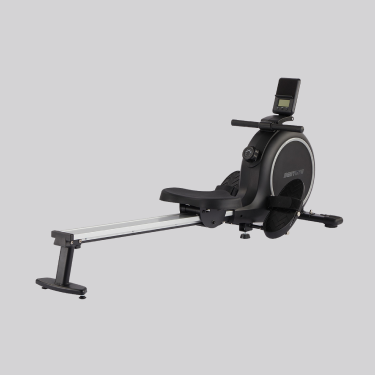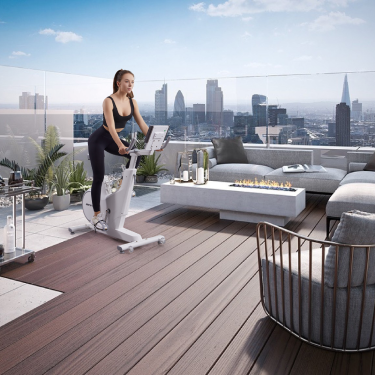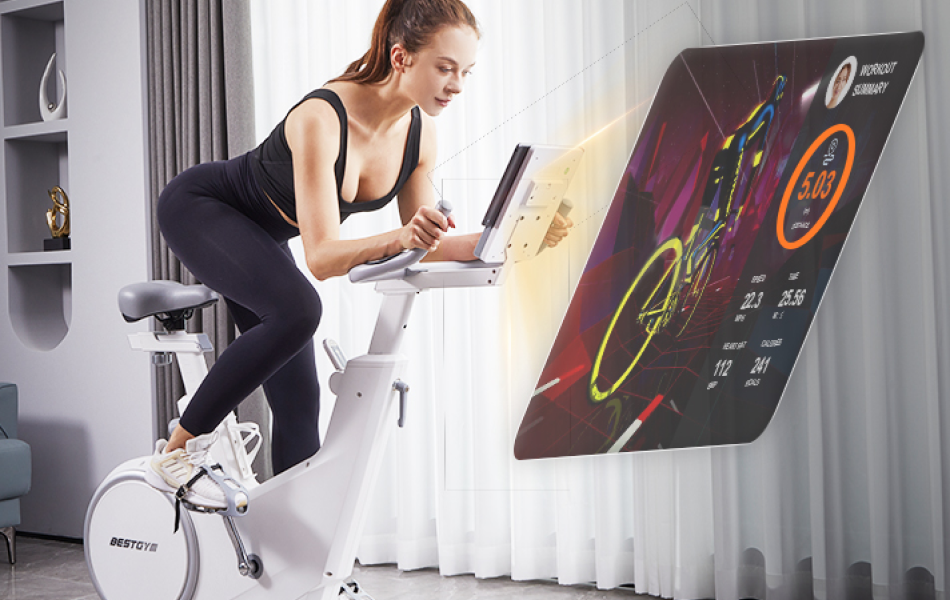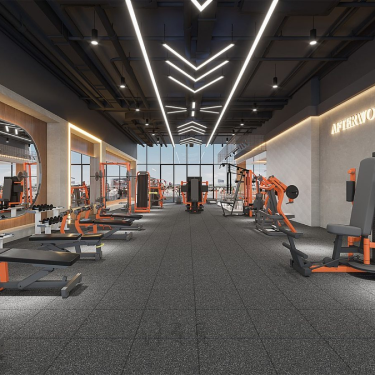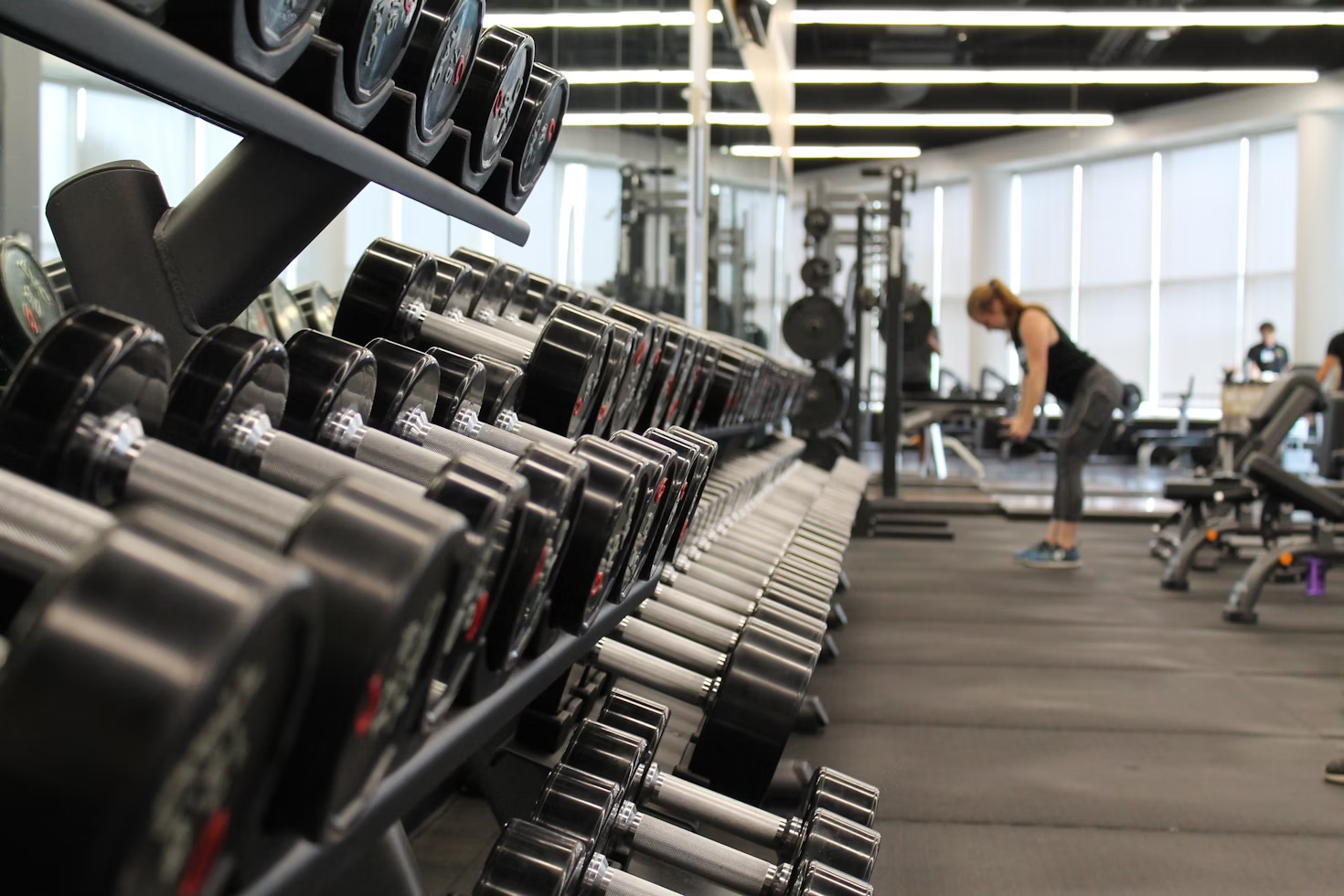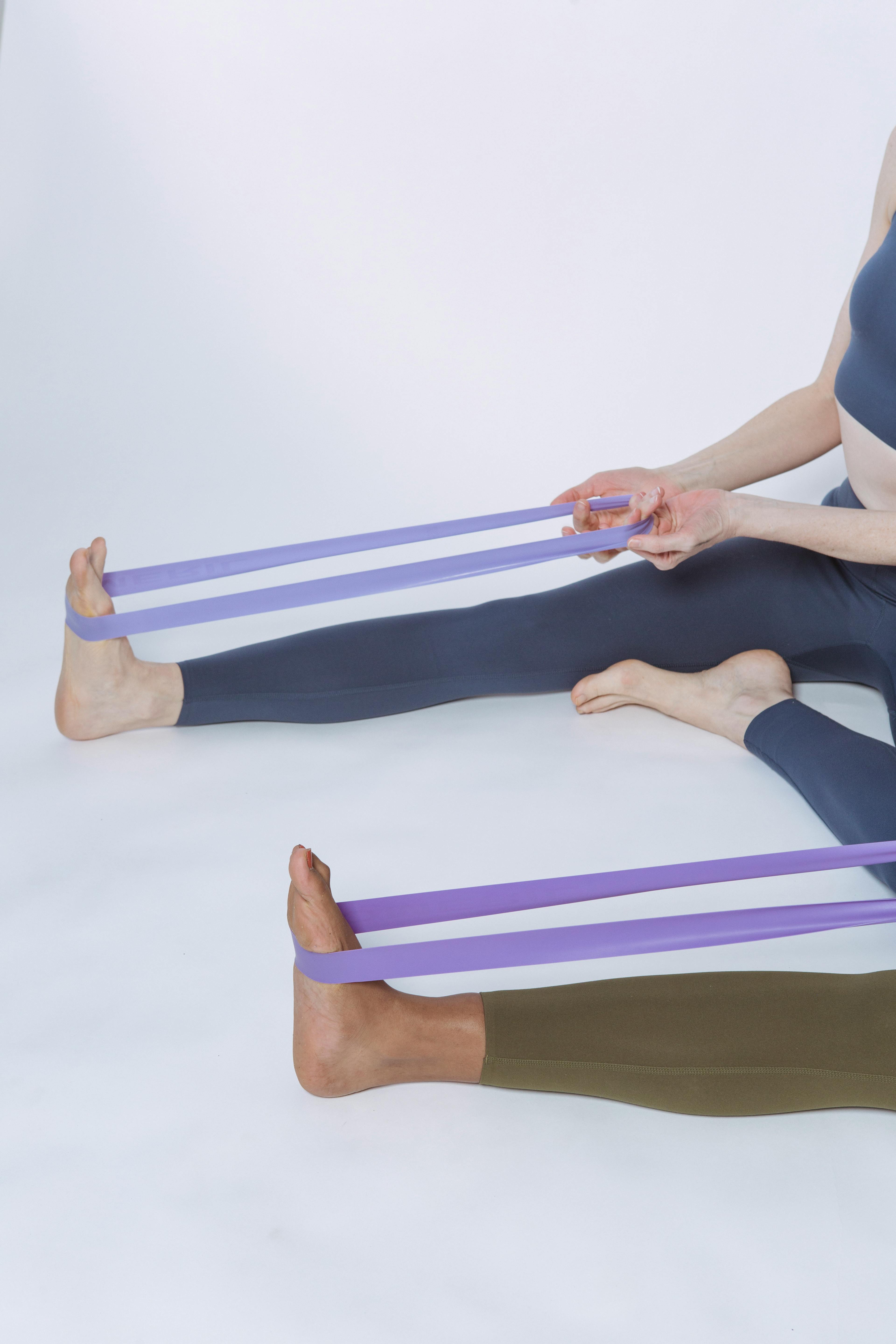Top 20 Benefits of Rowing Machines for Seniors: Improve Health & Fitness
Rowing machines are gaining popularity among seniors due to their numerous health benefits and ease of use. Considering the numerous health benefits they offer, many fitness enthusiasts choose to buy a rowing machine to enjoy a full-body workout conveniently at home. This article explores the top 20 benefits of rowing machines for seniors, how they can be used effectively and the muscles they work.
Understanding the Mechanics of Rowing Machines: What does a Rowing Machine Work?
Rowing machines are ingenious fitness tools designed to mimic the motion of rowing a boat, offering a full-body workout that engages multiple muscle groups simultaneously. Understanding the mechanics behind rowing machines is essential to fully appreciate their effectiveness in achieving fitness goals.
Simulating Rowing Motion:
Rowing machines replicate the action of rowing a boat through a combination of sliding seat movement and handlebar pulling. As the user pushes back with their legs, the seat glides along the rail, simulating the propulsion of a rowing stroke. Meanwhile, the arms pull the handlebars towards the chest, mimicking the motion of pulling on oars. This coordinated movement closely resembles the actions required in rowing on water, making rowing machines an excellent training tool for rowers and an effective full-body workout for fitness enthusiasts.
Key Components:
1. Seat: The seat of a rowing machine is mounted on a sliding rail, allowing it to move back and forth with each stroke. It provides stability and support for the user while facilitating proper rowing technique.
2. Handles: Attached to a cable or chain, the handles serve as the connection point between the user and the resistance mechanism. They are gripped firmly during the pulling phase of the rowing motion, engaging the muscles of the arms, shoulders, and upper back.
3. Footrests: Positioned at the base of the rowing machine, footrests provide a stable platform for the user's feet. They feature adjustable straps or foot pads to secure the feet in place during rowing, ensuring proper leg drive and minimizing the risk of slippage.
4. Resistance Mechanism: Rowing machines employ various resistance mechanisms to simulate the feeling of rowing against water resistance. These can include air resistance, magnetic resistance, hydraulic resistance, or water resistance. Each type offers distinct advantages in terms of smoothness, adjustability, and realism of the rowing experience.
What does a rowing machine work? Understanding these key components of a rowing machine is crucial for achieving proper form and maximizing the effectiveness of workouts. By simulating the natural motion of rowing a boat and engaging multiple muscle groups simultaneously, rowing machines offer a challenging and rewarding workout experience for users of all fitness levels.
Top 20 Benefits of Rowing Machines for Seniors
As seniors strive to maintain their health and well-being, incorporating exercise into their daily routine becomes increasingly important. Rowing machines offer a multitude of benefits for seniors, providing a low-impact, full-body workout that promotes cardiovascular health, muscle strength, and overall mobility. What does a rowing machine work? In this part, we will explore the top 20 benefits of rowing machines specifically tailored to the needs and goals of seniors. From improving heart health to enhancing balance and coordination, rowing machines offer seniors a safe and effective way to stay active and maintain their independence for years to come.
1. Low-Impact Exercise
One of the primary benefits of rowing machines for seniors is that they offer a low-impact workout. Unlike running or high-intensity interval training, rowing minimizes stress on the joints, making it an ideal choice for those with arthritis or joint pain.
2. Full-Body Workout
Rowing machines provide a comprehensive full-body workout. They engage multiple muscle groups, including the legs, core, back, and arms, promoting overall muscle development and coordination.
3. Cardiovascular Health
Regular use of a rowing machine can significantly improve cardiovascular health. This aerobic exercise strengthens the heart, enhances lung capacity, and improves circulation, reducing the risk of heart disease.
4. Improved Flexibility and Mobility
Rowing requires a full range of motion, which helps maintain and improve flexibility and mobility in seniors. This can be particularly beneficial in preventing stiffness and enhancing daily activities.
5. Weight Management
Rowing is an effective way to burn calories and manage weight. Consistent workouts can help seniors maintain a healthy weight, reducing the risk of obesity-related conditions such as diabetes and high blood pressure.
6. Enhanced Mental Health
Exercise, including rowing, releases endorphins that can improve mood and reduce symptoms of depression and anxiety. Regular physical activity is linked to better mental health and cognitive function in seniors.
7. Increased Strength and Endurance
Using a rowing machine builds muscular strength and endurance. Over time, seniors will notice increased stamina and the ability to perform daily tasks with less fatigue.
8. Better Posture
Rowing promotes proper posture by strengthening the muscles of the back and core. Improved posture can alleviate back pain and contribute to overall spinal health.
9. Bone Density Maintenance
Weight-bearing exercises like rowing help maintain bone density, which is crucial in preventing osteoporosis and fractures in older adults.
10. Boosted Immune System
Regular physical activity, such as rowing, has been shown to boost the immune system, helping seniors fend off illnesses and recover more quickly from infections.
11. Improved Balance and Coordination
The rhythmic nature of rowing can enhance balance and coordination, reducing the risk of falls and improving overall stability.
12. Convenient Home Workout
Rowing machines are compact and suitable for home use, allowing seniors to exercise conveniently without the need for a gym membership.
13. Adjustable Intensity
Rowing machines offer adjustable resistance levels, making it easy to tailor workouts to individual fitness levels and gradually increase intensity as strength improves.
14. Efficient Use of Time
Rowing is an efficient workout, providing both strength training and cardiovascular benefits simultaneously. This makes it a time-effective exercise option for busy seniors.
15. Social Engagement
Many seniors enjoy group rowing classes or virtual rowing communities, providing opportunities for social interaction and camaraderie.
16. Variety in Workouts
Rowing machines can be used for various workout routines, including interval training, steady-state rowing, and strength-focused sessions, keeping workouts interesting and challenging.
17. Rehabilitation and Recovery
Rowing machines are often used in physical therapy settings due to their low-impact nature, making them ideal for rehabilitation and recovery from injuries.
18. Affordability
Compared to other fitness equipment, rowing machines are relatively affordable, providing a cost-effective way to achieve a comprehensive workout.
19. Compact and Space-Saving
Many rowing machines are foldable and easy to store, making them suitable for seniors with limited living space.
20. Long-Term Health Benefits
Consistent use of a rowing machine contributes to long-term health benefits, including reduced risk of chronic diseases, improved quality of life, and increased longevity.
Rowing machines offer a multitude of benefits for seniors, from enhancing physical health to improving mental well-being. Their versatility and ease of use make them an excellent choice for older adults seeking a comprehensive, low-impact workout. One significant rowing machine benefit is the low-impact, full-body workout it provides, making it an excellent choice for individuals seeking to improve their overall fitness without putting excessive strain on their joints. Whether for cardiovascular fitness, muscle strengthening, or overall wellness, the rowing machine is a valuable tool in promoting a healthy, active lifestyle for seniors.
Exploring Muscles Targeted by Rowing Machines: Guidelines for Seniors
What does a rowing machine work? Rowing machines, also known as ergometers or rowers, are versatile fitness equipment that provide a full-body workout. When it comes to rowing machine working, these machines engage multiple muscle groups, including the legs, core, back, and arms, offering both cardiovascular and strength training benefits in a single session. Let's delve into the specific muscle groups targeted by rowing machine exercises:
Legs
1. Quadriceps: The primary muscles responsible for extending the knee during the leg drive phase of rowing.
2. Hamstrings: Act as stabilizers during the leg push-off and play a crucial role in hip extension.
3. Calves: Assist in ankle flexion and extension during the leg drive.
Core
1. Abdominals: Engaged to stabilize the trunk and maintain proper posture throughout the rowing motion.
2. Obliques: Assist in rotational movements and provide stability during the rowing stroke.
3. Lower Back (Erector Spinae): Act as stabilizers to support the spine and prevent excessive flexion.
Back
1. Latissimus Dorsi (Lats): The primary muscles engaged during the pulling phase of the rowing stroke, responsible for shoulder extension and adduction.
2. Trapezius: Assist in shoulder elevation and retraction, particularly during the finish phase of the rowing stroke.
3. Rhomboids: Stabilize the shoulder blades and assist in scapular retraction.
Arms
1. Biceps: Engaged during the pull phase of the rowing stroke, assisting in elbow flexion.
2. Triceps: Act as stabilizers and assist in elbow extension during the recovery phase.
3. Forearms: Grip the handle and provide stability throughout the rowing motion.
Shoulders
1. Deltoids: Assist in shoulder abduction and provide stability during the rowing stroke.
2. Rotator Cuff Muscles: Stabilize the shoulder joint and prevent injury during repetitive rowing movements.
Cardiovascular System
1. Rowing is an excellent cardiovascular exercise that engages the heart and lungs, promoting aerobic fitness and improving endurance over time.
2. The rhythmic nature of rowing enhances cardiovascular efficiency, leading to better oxygen delivery to working muscles and improved overall cardiovascular health.
Additional Benefits
1. Flexibility: Rowing requires a full range of motion in multiple joints, promoting flexibility and mobility throughout the body.
2. Coordination: Coordinating the movements of the legs, core, arms, and back in sync during rowing enhances overall coordination and motor skills.
3. Balance: Maintaining balance on the rowing machine seat engages core stabilizer muscles and improves balance and stability over time.
How Rowing Provides a Full-Body Workout?
Rowing machines effectively engage muscles throughout the entire body, making them an efficient option for comprehensive strength and cardiovascular training. Here's how rowing achieves a full-body workout:
- Integrated Movement: The rowing motion involves a coordinated effort between the legs, core, back, and arms, ensuring that no muscle group is neglected.
- Continuous Engagement: Unlike isolated exercises that target specific muscle groups, rowing requires continuous effort from multiple muscles simultaneously, resulting in a more efficient use of time.
- Cardiovascular Benefits: In addition to strength training, rowing provides an excellent cardiovascular workout, elevating heart rate and improving endurance.
- Low-Impact Nature: Rowing is a low-impact exercise, minimizing stress on the joints while still providing a challenging workout for the entire body.
Tips for Rowing Machine Uses: Proper Technique and Form
Rowing machines provide an effective full-body workout for seniors, promoting overall health and fitness. What does a rowing machine work? Here are five tips to help maximize your experience with a rowing machine:
1. Proper Technique
Before starting your rowing session, take the time to learn and practice proper rowing technique. Focus on maintaining a straight back, engaging your core muscles, and using your legs to push off the footplates. Keep your arms straight until your legs are almost fully extended, then pull the handle towards your chest, leading with your elbows. Avoid hunching over or rounding your back, as this can lead to discomfort or injury.
2. Warm-Up and Cool Down
Prioritize warming up your muscles with light aerobic activity or dynamic stretches before hopping onto the rowing machine. This helps prepare your body for the workout and reduces the risk of injury. Similarly, cool down with gentle stretching or a slow rowing pace to gradually lower your heart rate and ease muscle tension post-workout.
3. Start Slowly
If you're new to rowing or returning after a break, start slowly and gradually increase the intensity and duration of your workouts. Begin with short sessions at a comfortable pace to allow your body to adapt to the exercise. As you build strength and endurance, you can gradually increase the resistance level and duration of your rowing sessions for continued progress.
4. Mix Up Your Workouts
Keep your workouts interesting and challenging by incorporating a variety of rowing workouts into your routine. Alternate between different intensities, such as steady-state rowing, interval training, and endurance-focused sessions. You can also vary your grip or hand position on the handle to target different muscle groups and prevent monotony.
5. Listen to Your Body
Pay attention to how your body feels during and after rowing workouts. While it's normal to experience some muscle fatigue and soreness, be mindful of any sharp or persistent pain, which could indicate an injury. If you experience discomfort, adjust your technique, decrease the resistance level, or take a break as needed. Remember to stay hydrated and fuel your body with nutritious foods to support your workouts and recovery.
Are rowing machines good for fitness? Rowing machines provide a comprehensive workout that targets multiple muscle groups simultaneously, making them an efficient and effective form of exercise for individuals of all fitness levels. Whether you're looking to strengthen your legs, core, back, and arms, improve cardiovascular health, or enhance overall fitness and endurance, incorporating rowing into your exercise routine can help you achieve your goals efficiently and effectively.


